SIGHT stands for Spatial Inattention Grasping Home-based Therapy (also known as visuomotor feedback training). It is a neuropsychological rehabilitation therapy for people who have suffered a brain injury and who have spatial neglect or inattention symptoms (difficulty noticing things on one side of the world, usually on the most affected side).

SIGHT is low-cost, portable and can be carried out by the user independently at home. The SIGHT exercises involve people grasping, lifting and balancing wooden rods using their unaffected hand. The action of lifting and balancing the rod provides the user with sensorimotor feedback about their performance. For example, an individual who is unaware of objects or people on the left side of space (left spatial neglect), may grasp the rod more to the right of its true centre and thus when lifted the rod would be unbalanced and tip to the left. We think that the feedback from the rod tilting to the left improves spatial neglect or inattention.
A peer-reviewed paper on SIGHT has been published

In a recent clinical trial, led by Dr. Stephanie Rossit (University of East Anglia) and Dr. Monika Harvey (University of Glasgow), with 20 stroke survivors, SIGHT produced marked improvements on spatial neglect compared to a control training. These spatial neglect improvements were observed after two hours of training and importantly, were still present four months after the training was completed.
A copy of the peer-reviewed research paper can be downloaded here.
The SIGHT webpage
This website enables clinicians, family, carers, and brain injury survivors with spatial neglect to access the therapy through registering with SIGHT. After you have registered, you will have access to the SIGHT manual, including clear step-by-step instructions on how to implement and administer the therapy.
This website and research database has been reviewed and approved by the UEA School of Psychology Research Ethics committee [project ID number: 2017-0026-000760].

